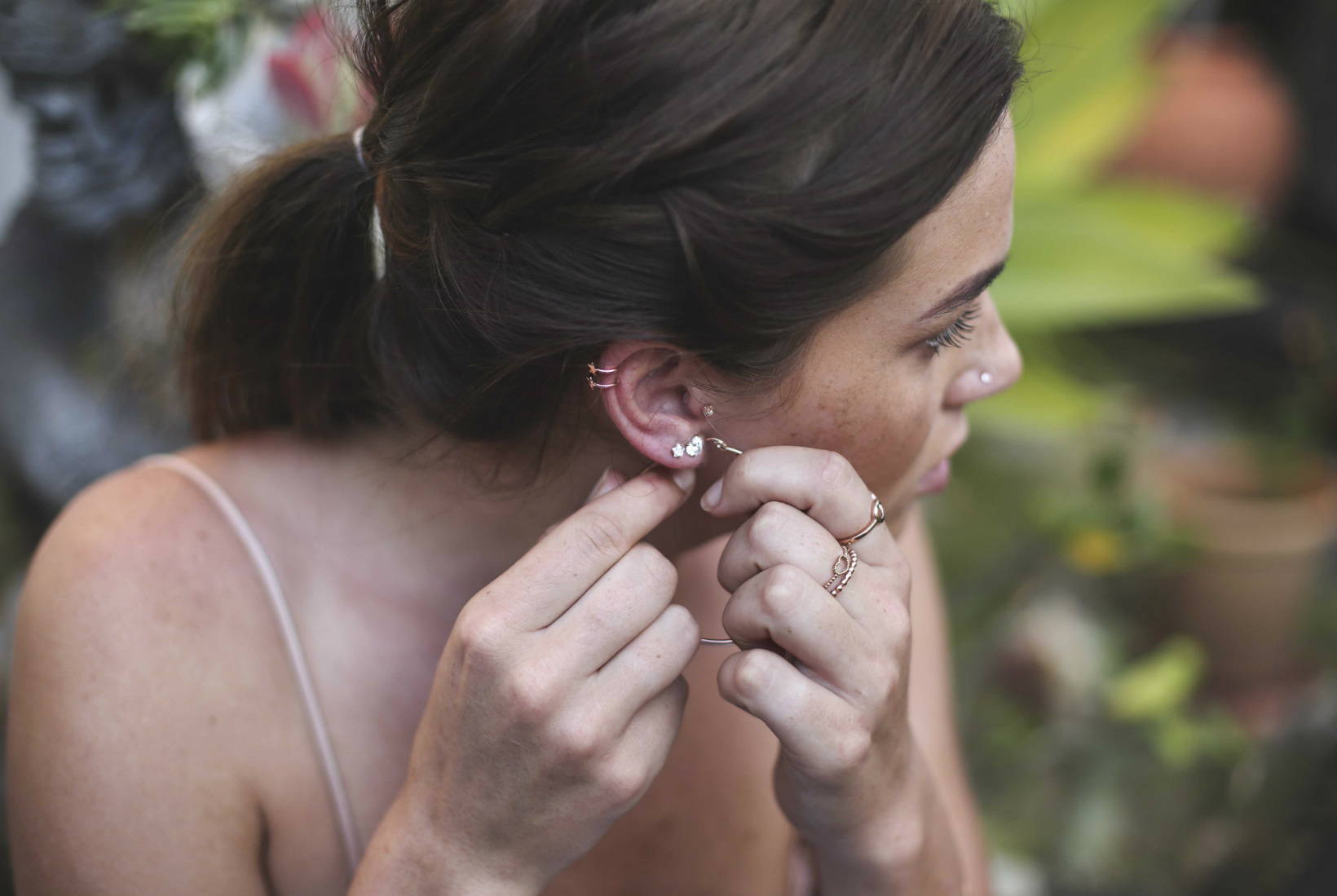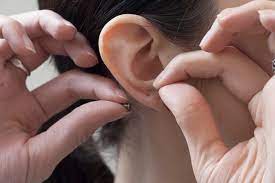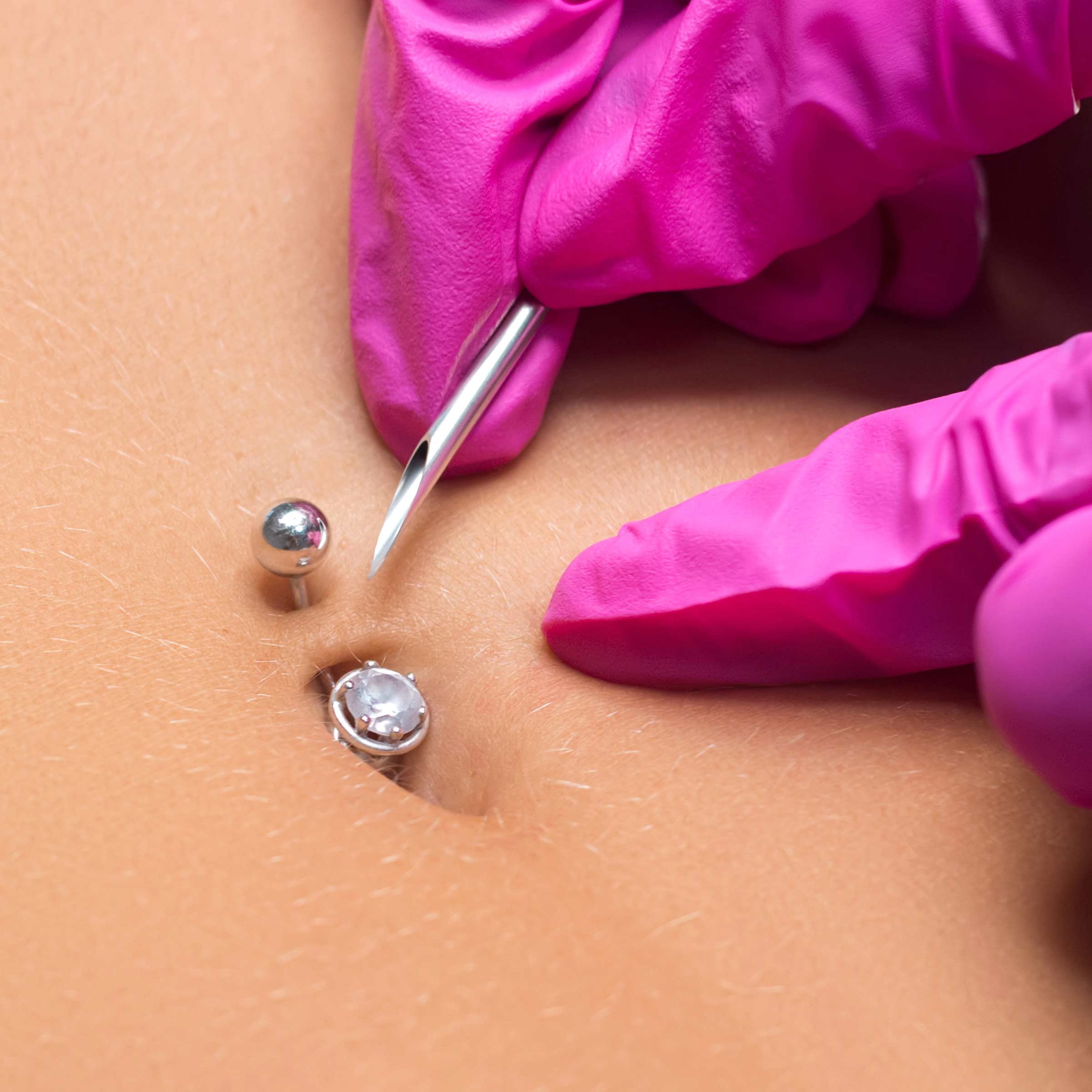Views: 30 Author: Site Editor Publish Time: 2023-04-04 Origin: Site
Tips
Piercing jewelry is a great way to express your personality and style, but it also requires proper care and maintenance. One of the most common questions that people have after getting a piercing is when they can change their jewelry. The answer depends on several factors, such as the type of piercing, the healing process, and the quality of the jewelry.
Here are some tips to help you decide when you can change your piercing jewelry safely and comfortably.
Different piercings have different healing times, depending on the location and size of the wound. Generally speaking, earlobe piercings heal faster than cartilage piercings, and oral piercings heal faster than body piercings. The average healing time for some common piercings are:
- Earlobe: 6 to 8 week
- Helix: 3 to 9 months
- Tragus: 3 to 6 months
- Daith: 6 to 12 months
- Rook: 6 to 12 months
- Conch: 6 to 12 months
- Industrial: 6 to 12 months
- Eyebrow: 6 to 8 weeks
- Nose: 2 to 4 months
- Septum: 6 to 8 weeks
- Lip: 6 to 8 weeks
- Tongue: 4 to 6 weeks
- Nipple: 6 to 12 months
- Navel: 6 to 12 months
- Genital: 2 to 6 months

These are only approximate estimates, and your piercing may heal faster or slower depending on your individual anatomy, health, and aftercare. Always consult your piercer for the best advice on your specific piercing.
The most important thing you can do to ensure a smooth and quick healing process is to follow the aftercare instructions given by your piercer. This usually involves cleaning your piercing with saline solution or mild soap twice a day, avoiding touching or twisting your jewelry, and keeping your piercing dry and away from any irritants or infections. You should also avoid changing your jewelry during the healing period, unless it is necessary due to an allergic reaction, infection, or injury.
When you are ready to change your piercing jewelry, make sure you choose high-quality jewelry that is suitable for your piercing. The best materials for piercing jewelry are implant-grade titanium, implant-grade stainless steel, gold (14k or higher), niobium, or glass. These materials are hypoallergenic, durable, and easy to clean. Avoid jewelry made from cheap metals such as nickel, copper, brass, or plated metals, as they can cause irritation, infection, or allergic reactions. You should also avoid jewelry that is too tight, too loose, too heavy, or has sharp edges or rough surfaces.
When you are ready to change your piercing jewelry, make sure you do it gently and hygienically. Wash your hands thoroughly with soap and water before touching your piercing or jewelry. Use a clean towel or paper towel to dry your hands and piercing area. Gently remove the old jewelry and insert the new one in one smooth motion. Do not force or pull the jewelry through the piercing hole. If you encounter any resistance or pain, stop and consult your piercer.

After changing your piercing jewelry, monitor your piercing for any signs of problems such as redness, swelling, pain, pus, bleeding, or itching. These could indicate an infection, an allergic reaction, or a rejection of the new jewelry. If you notice any of these symptoms, remove the new jewelry and replace it with the old one or a sterile piece of jewelry made from a suitable material. Contact your piercer or a doctor for further advice and treatment.

Changing your piercing jewelry can be a fun and exciting way to update your look and express yourself. However, it is important to do it safely and responsibly to avoid any complications or damage to your piercing. By following these tips, you can enjoy your piercing for a long time and keep it healthy and beautiful.